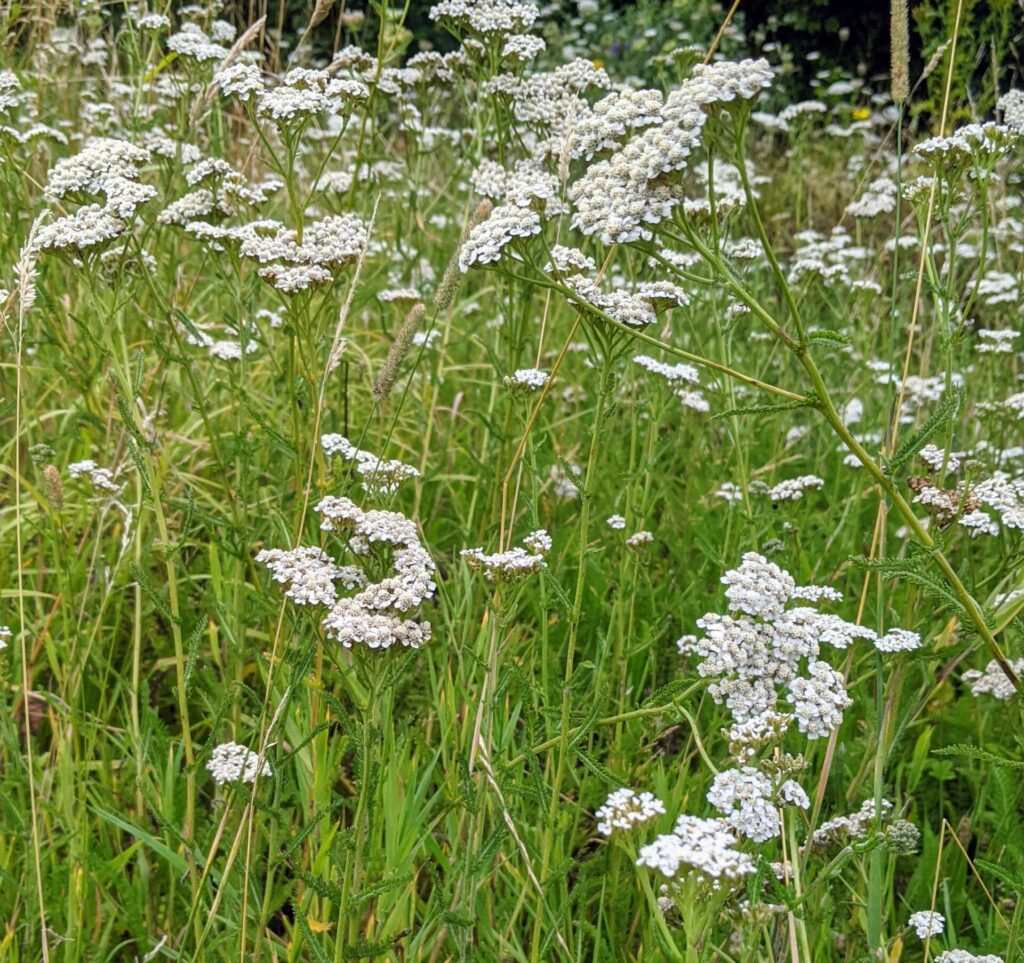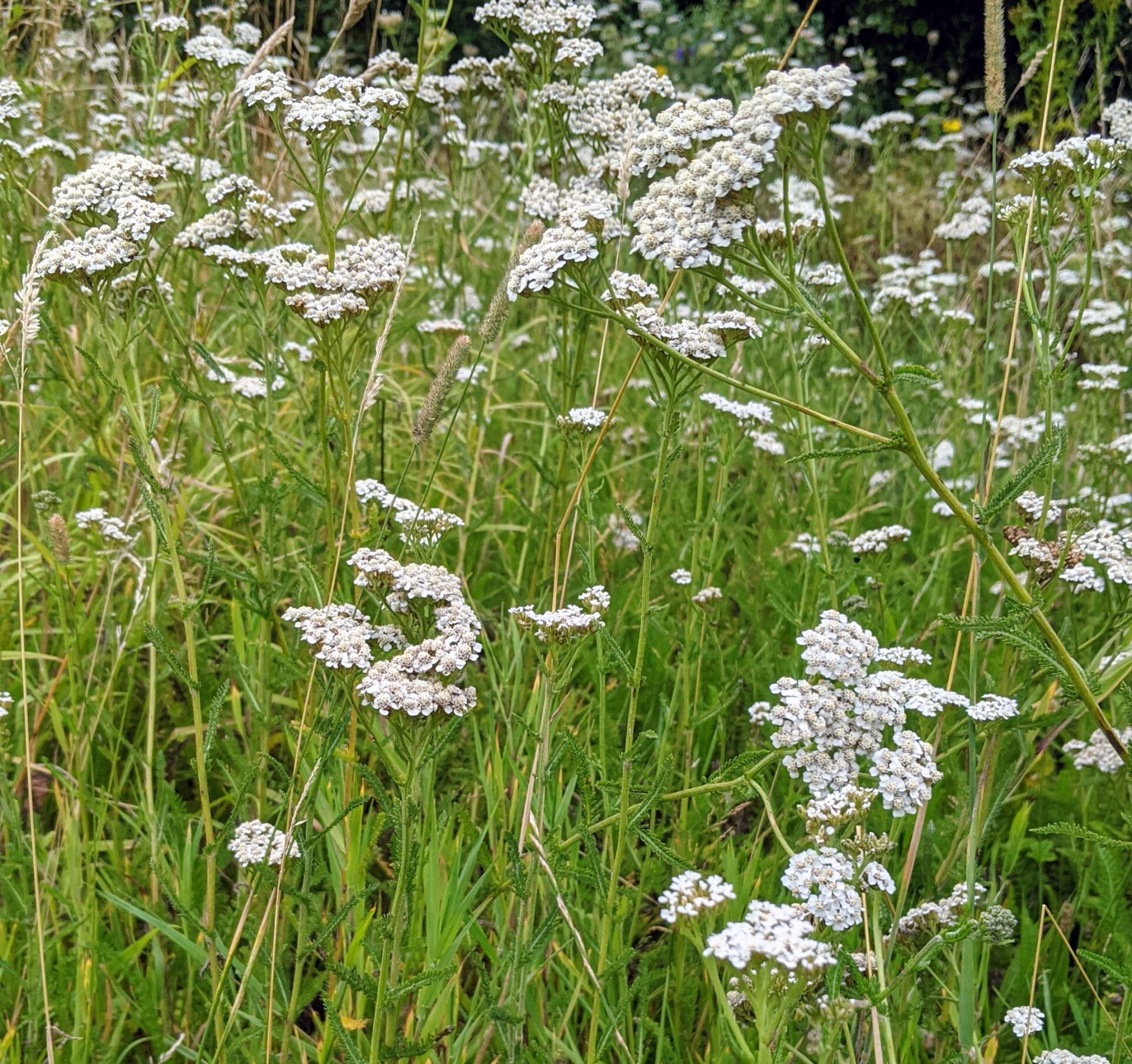
Yarrow (Achillea millefolium) is a hardy, versatile plant that has been valued for centuries due to its medicinal properties. Known as a “first and last aid” plant, it can be used for a variety of ailments, from wounds to digestive issues. Blooming all summer long, yarrow is not only a beautiful addition to gardens but also a natural remedy you can rely on in times of need.
The Benefits of Yarrow
Yarrow is packed with beneficial compounds such as flavonoids, tannins, and essential oils. These properties make it a powerful plant for various purposes:
-
Wound Healing: Yarrow has been traditionally used to stop bleeding and promote faster healing of cuts, scrapes, and minor wounds. The plant’s astringent and antibacterial qualities make it an effective remedy for cleaning and closing wounds.
-
Reduces Inflammation: Yarrow has anti-inflammatory properties, which can help soothe muscle pain, joint inflammation, and skin irritations. It’s often used to relieve symptoms of arthritis or other inflammatory conditions.
-
Digestive Health: Consuming yarrow tea can ease digestive issues such as indigestion, bloating, and gas. The plant stimulates bile flow, which aids digestion and helps alleviate discomfort after eating.
-
Menstrual Support: Yarrow has been used to regulate the menstrual cycle and reduce heavy bleeding. Its antispasmodic effects can also help ease menstrual cramps and discomfort.
-
Immune Booster: Yarrow is known to strengthen the immune system. Drinking yarrow tea when you feel a cold or flu coming on may help your body fight off infection faster.
How to Use Yarrow
1. Yarrow Tea for Digestion and Immune Support
-
Ingredients:
-
1 teaspoon dried yarrow flowers or leaves
-
1 cup of boiling water
-
-
Instructions:
-
Add the dried yarrow to boiling water and let it steep for 10-15 minutes.
-
Strain and drink while warm to relieve digestive discomfort or boost your immune system.
-
2. Yarrow Poultice for Wounds and Inflammation
-
Ingredients:
-
Fresh yarrow leaves or flowers
-
-
Instructions:
-
Crush the fresh yarrow leaves or flowers into a paste and apply it directly to cuts, scrapes, or inflamed areas of the skin. Wrap with a clean cloth or bandage.
-
The poultice helps to stop bleeding, reduce swelling, and promote faster healing.
-
3. Yarrow Tincture for Menstrual Cramps
-
Ingredients:
-
Fresh or dried yarrow
-
Alcohol (such as vodka)
-
-
Instructions:
-
Fill a jar with fresh or dried yarrow and cover it with alcohol.
-
Let it sit in a cool, dark place for about 4-6 weeks, shaking occasionally.
-
Strain the mixture and store the tincture in a dropper bottle.
-
Take 10-20 drops in water to relieve menstrual cramps and balance the menstrual cycle.
-
Growing Yarrow
Yarrow is easy to grow and thrives in a variety of conditions. It blooms all summer long, making it a beautiful and useful addition to any garden.
-
Planting: Yarrow prefers well-drained soil and full sun but can tolerate partial shade. It’s drought-resistant and can thrive in poor soils.
-
Care: Once established, yarrow requires little maintenance. Just water it occasionally, and it will bloom abundantly through the summer months.
-
Harvesting: Harvest yarrow leaves and flowers when they are in full bloom. You can dry them for later use or use them fresh in remedies.
Final Thoughts
Yarrow is a powerful, all-purpose plant that can be used for both first and last aid. From healing wounds to boosting immunity and relieving inflammation, its uses are vast and effective. With its long blooming season and easy growing habits, yarrow is a must-have in any herbal garden. Whether you use it as a tea, poultice, or tincture, yarrow can provide natural relief for a variety of common ailments.




